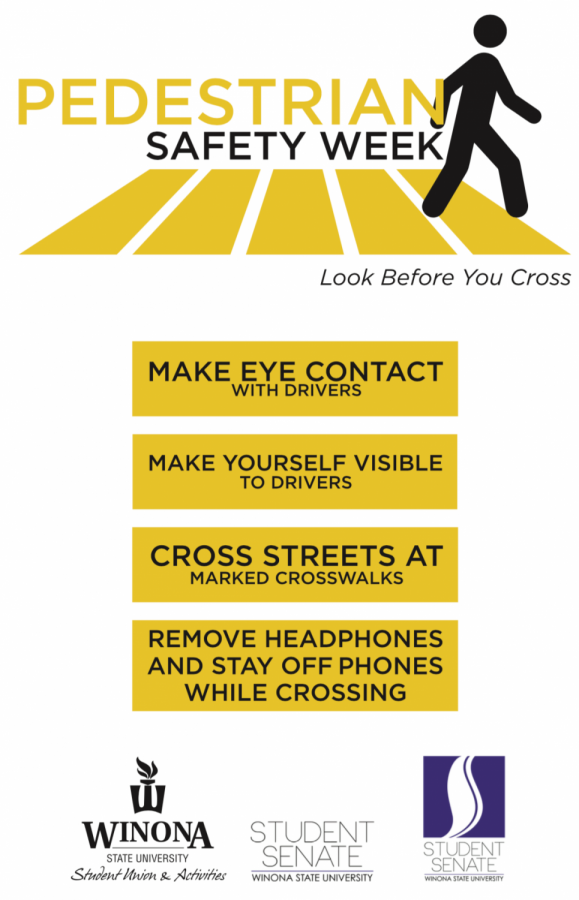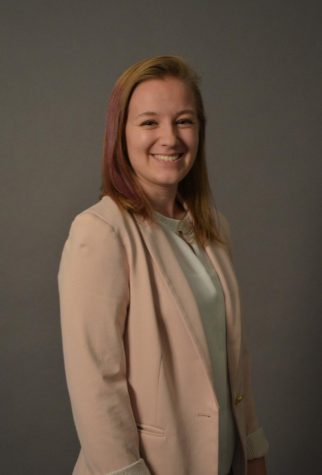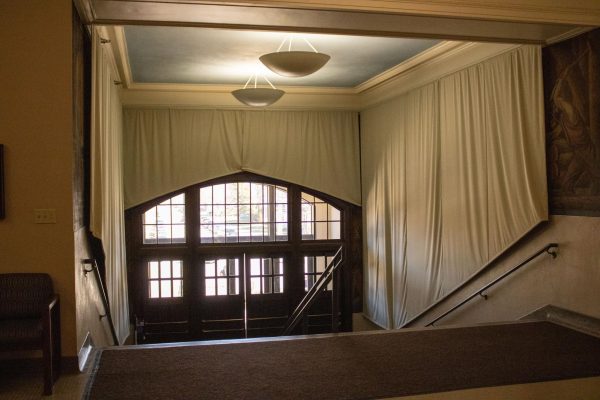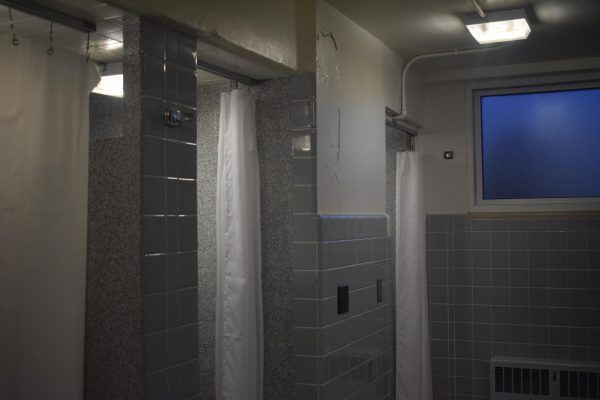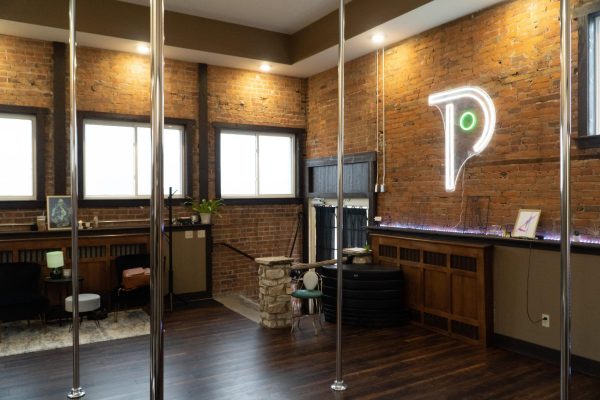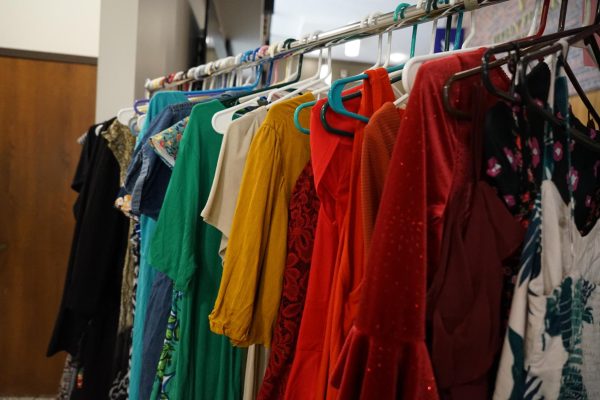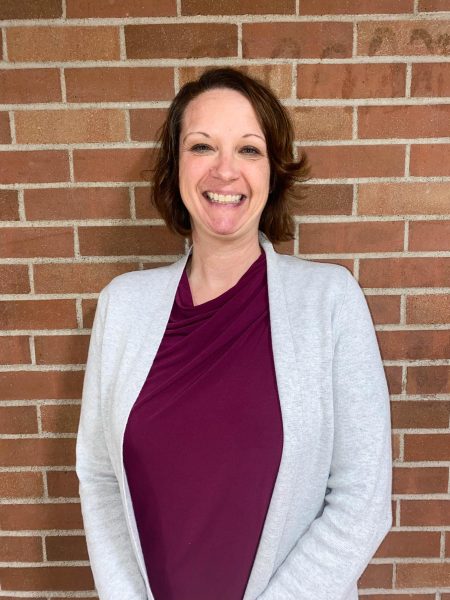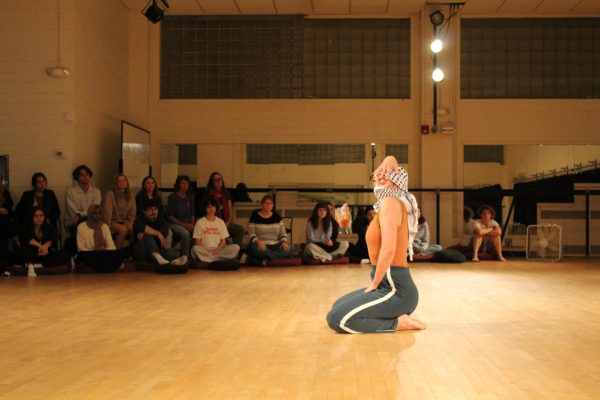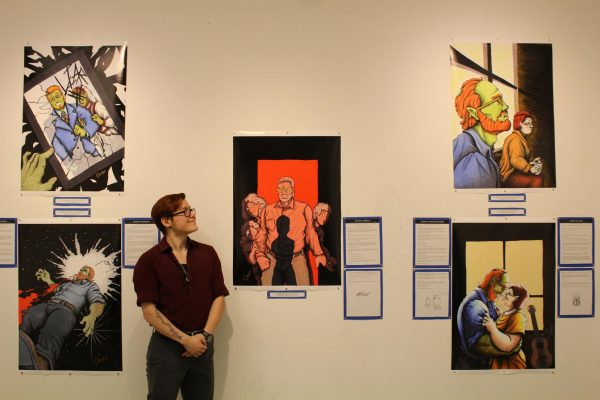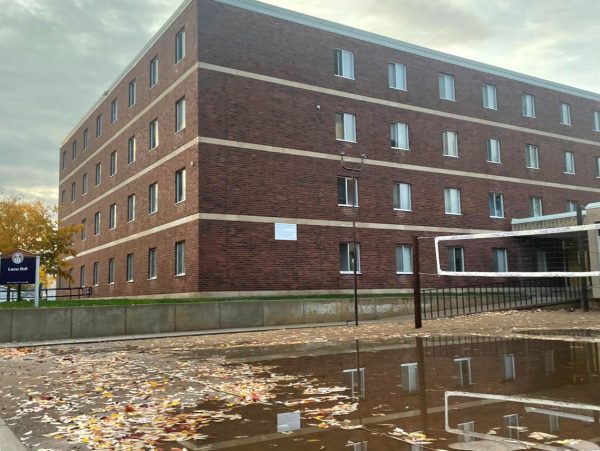Pedestrian Safety sparks campaign at busy intersections
Photo Contributed By Kaitlyn Mercier
Winona State University is promoting Safe street crossing among students by creating “Pedestrian Safety Week”, which highlights and gives tips on ways to walk across busy streets near campus. The campaign is run by Student Senate Student Services committee.
January 29, 2020
A large section of Winona State University students live within a few miles of campus and make their daily commute by walking each day. Unfortunately, this usually means crossing busy streets just to make it to campus.
To help promote safety when crosWinona sing crosswalks on busy streets throughout Winona, WSU Student Union and Activities and WSU Student Senate have partnered to make the week of Jan. 27- 31 “Pedestrian Safety Week”, to help promote safe walking practices for students and community members.
Kaitlyn Mercier, Student Senate Student Services chair, discussed the reasoning behind Pedestrian Safety week.
“It was presented to us through the administration,” Mercier said. “They noted that this is obviously a big problem, and the president of Student Senate thought that we should take this under our wing and do a campaign and push it in students’ faces for a whole week so they get the idea.”
The idea behind the campaign was to get students to be more aware of their surroundings, especially when crossing the streets. Advertisements for Pedestrian Safety Week give students tips on how to safely cross the road, which includes making eye contact with the driver, making yourself visible to drivers, crossing streets at marked crosswalks, and removing headphones and staying off your phone while crossing.
“A lot of students walk to campus, so we decided to do a week-long campaign to help promote it. There won’t be any events, we’re just going to have signage all over campus with safety tips for students,” Mercier said.
In lieu of events for this campaign, Student Senate has elected to cover campus with posters and safety tips, about also asked volunteers for help.
“We’ll have barricades in front of the four main intersections around campus that will be plastered with the posters,” Mercier said. “And we’ll have volunteers from Student Senate handing out reflective slap bracelets for students to put on your backpack so you are more visible to drivers at night.”
These student volunteers will also be handing out safety tips and how to walk safely around campus. The barricades will be placed at Huff and 11th street, Huff and 9th street, Main and 10th street, and Main and 8th street.
Not only is Student Senate hosting this week-long event, but they are also doing pedestrian counts at these large intersections to turn two way stops into four way stops. If the numbers are high, they will present this idea to City Council for approval.
Ben Ellgen, President of Student Senate, was able to help get this campaign started, and has been overseeing it as Mercier and her committee have been moving the project along.
“Personally, I have been more involved in the initial steps at the beginning of the fall semester,” Ellgen said. “There is a monthly meeting of individuals from the university and city that has been discussing and pushing forward pedestrian safety efforts such as the new blinkers on Main Street.”
The goal of this whole campaign is to make students more aware when crossing busy crosswalks and help decrease the number of accidents or injuries caused to students walking.
“We are still working on adding a stop sign at the intersection of Center Street and 8th Street to help improve the safety of students walking to Education Village but educating students and the larger community is an important first step.” Ellgen said.
*All opinions expressed are of the Winonan staff. They do not necessarily reflect those of the college, university, system, or student body.*























































